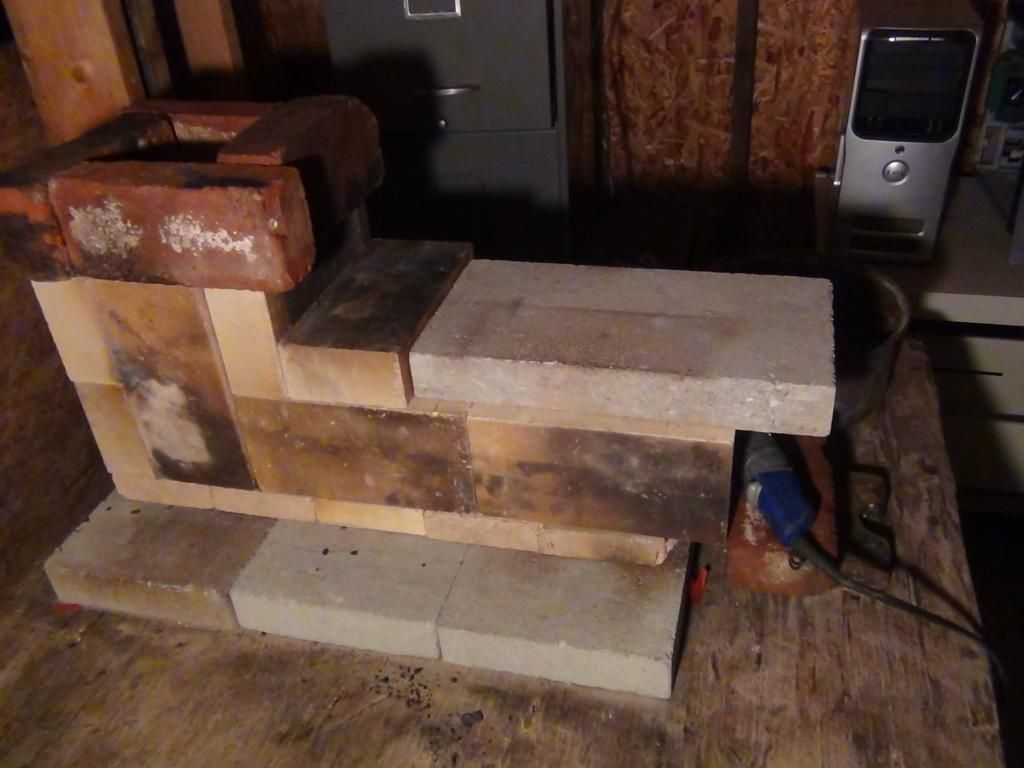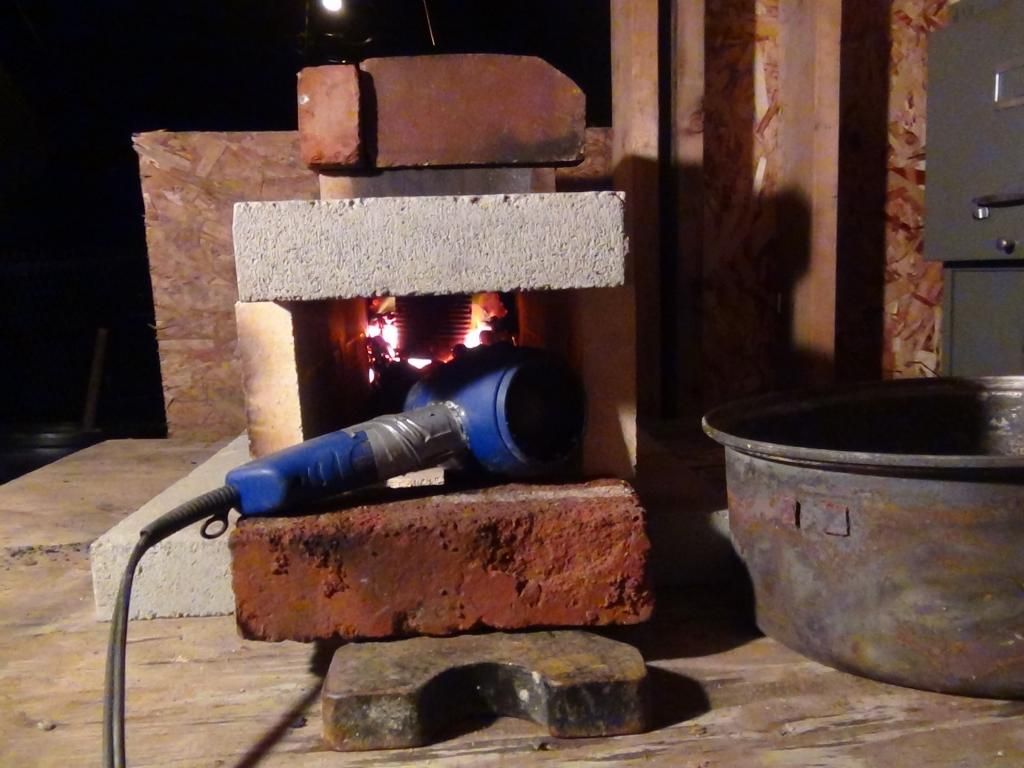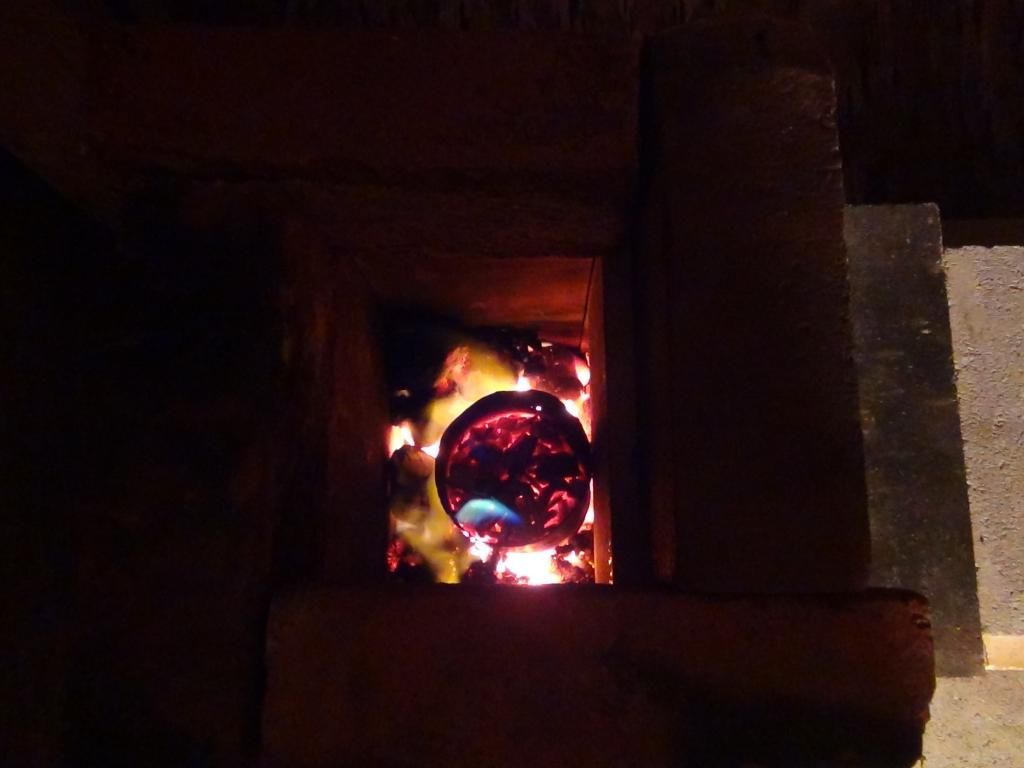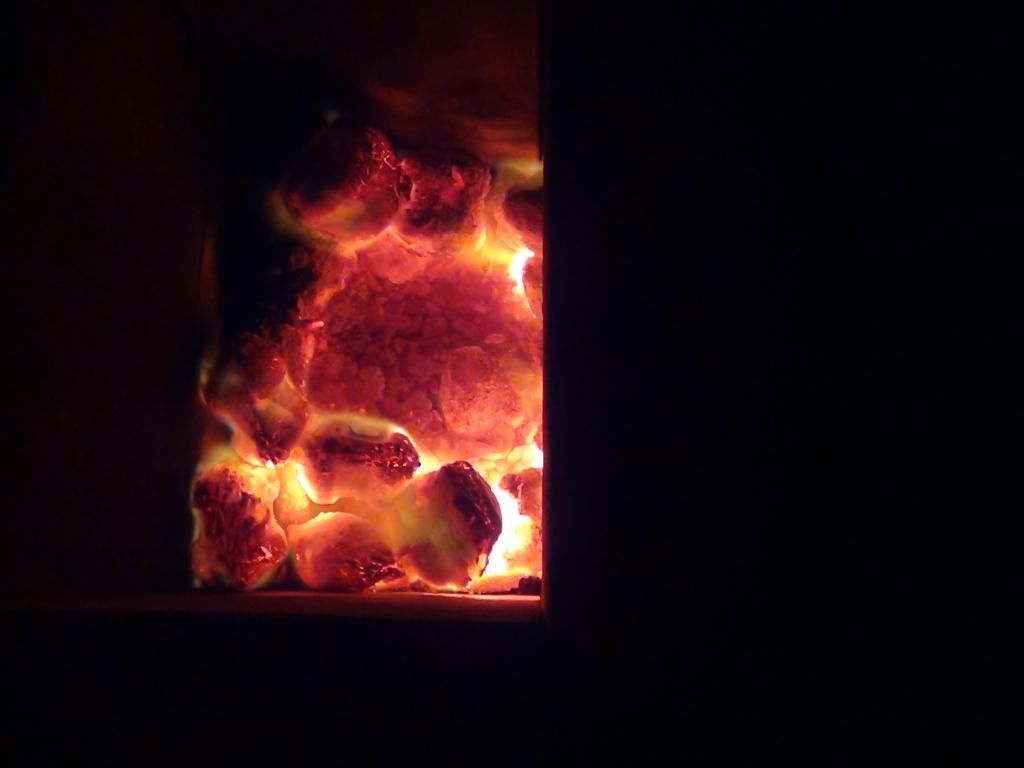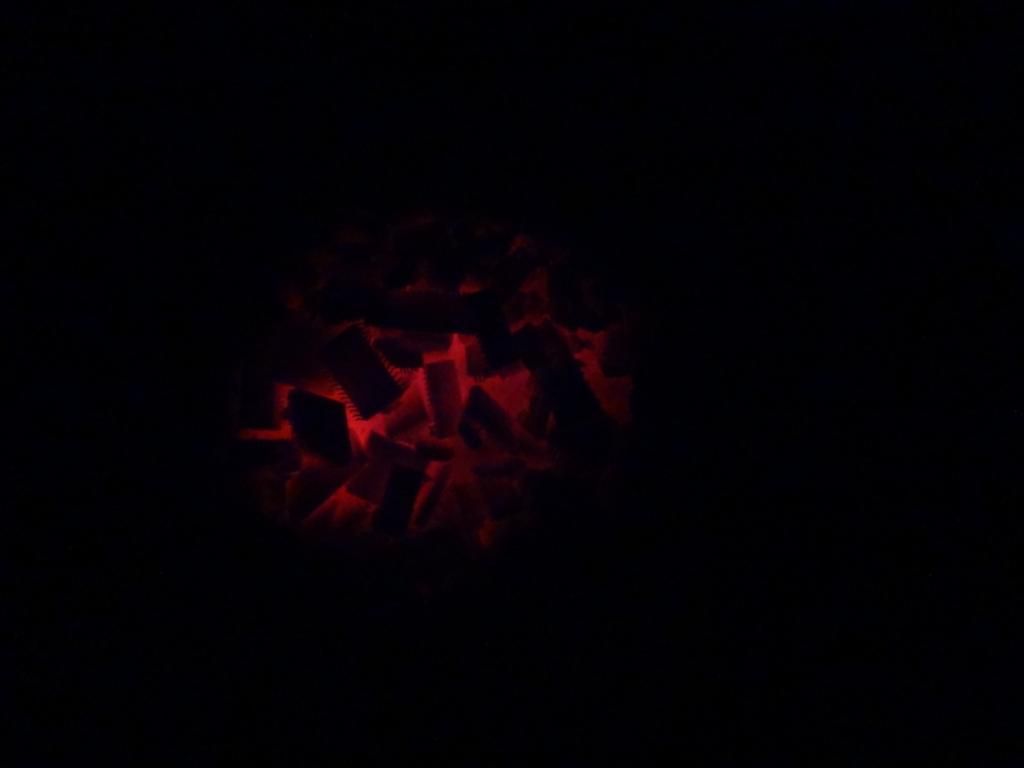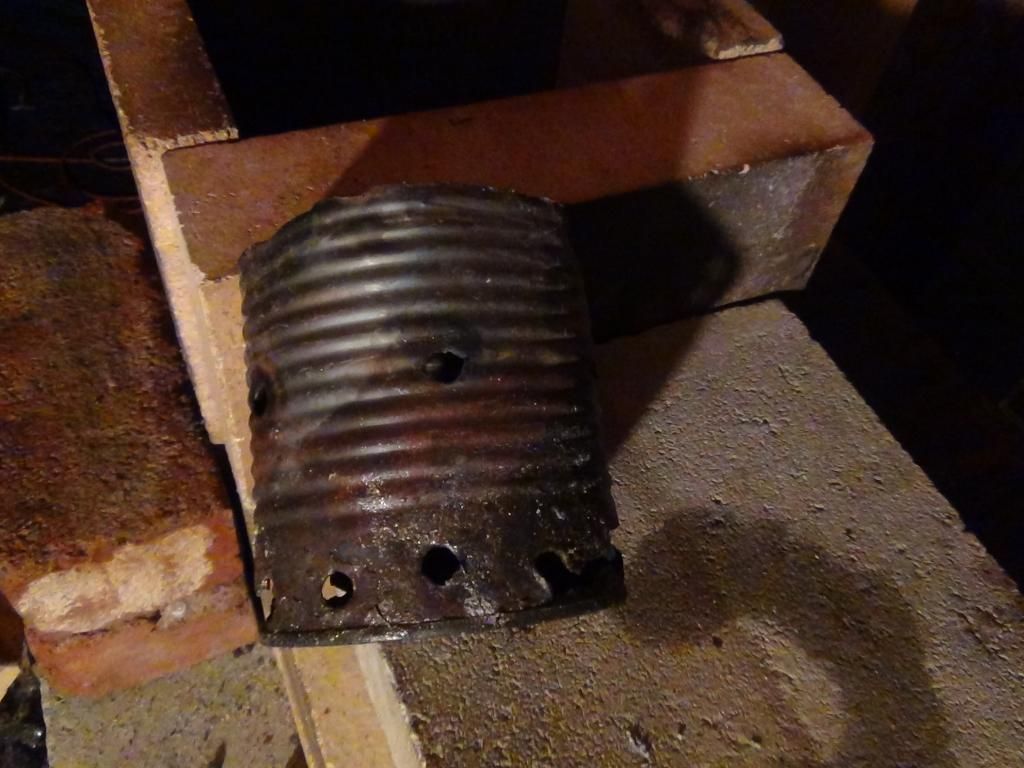solar_plasma
Well-known member
panther
The light ashes that aren't sinking with 2 min are no problem. It was more the panning technique and after all I am pretty sure I didn't incinerate enough. But after I used AR instead of chlorox my yield was right.
solar_plasma
This thought is directed your way since you have panning trouble with the flatpacks.
The light ashes that aren't sinking with 2 min are no problem. It was more the panning technique and after all I am pretty sure I didn't incinerate enough. But after I used AR instead of chlorox my yield was right.















































